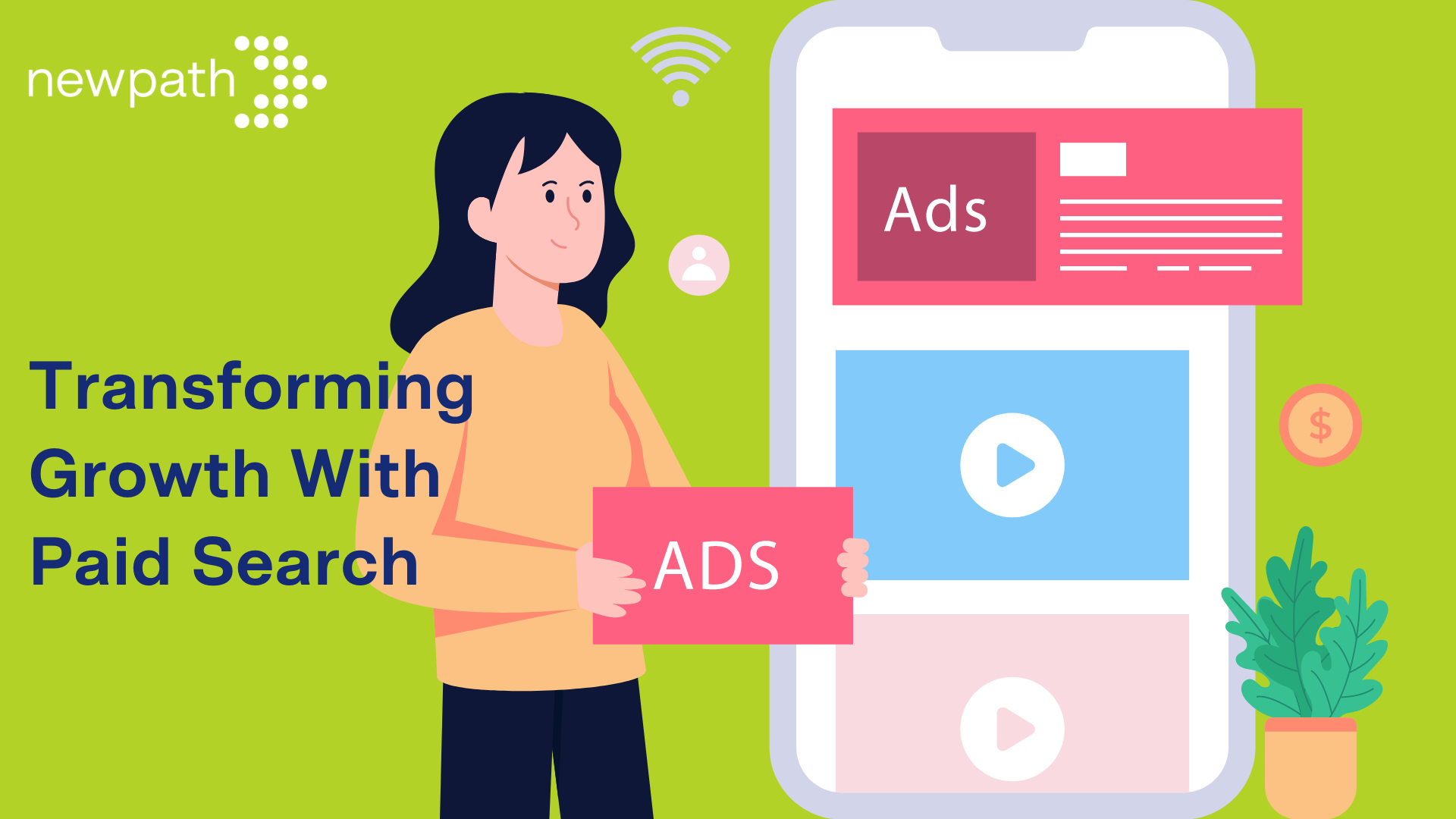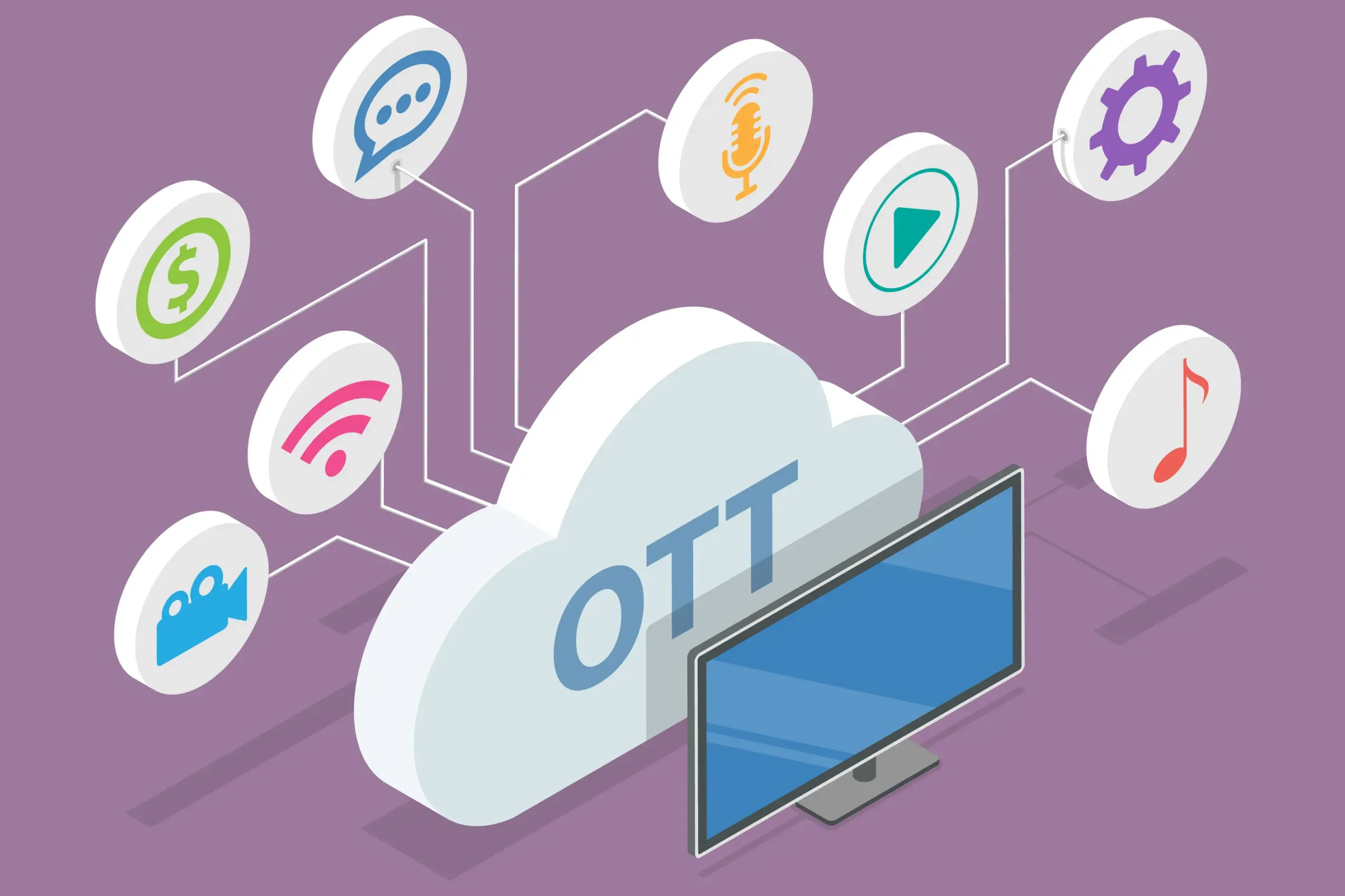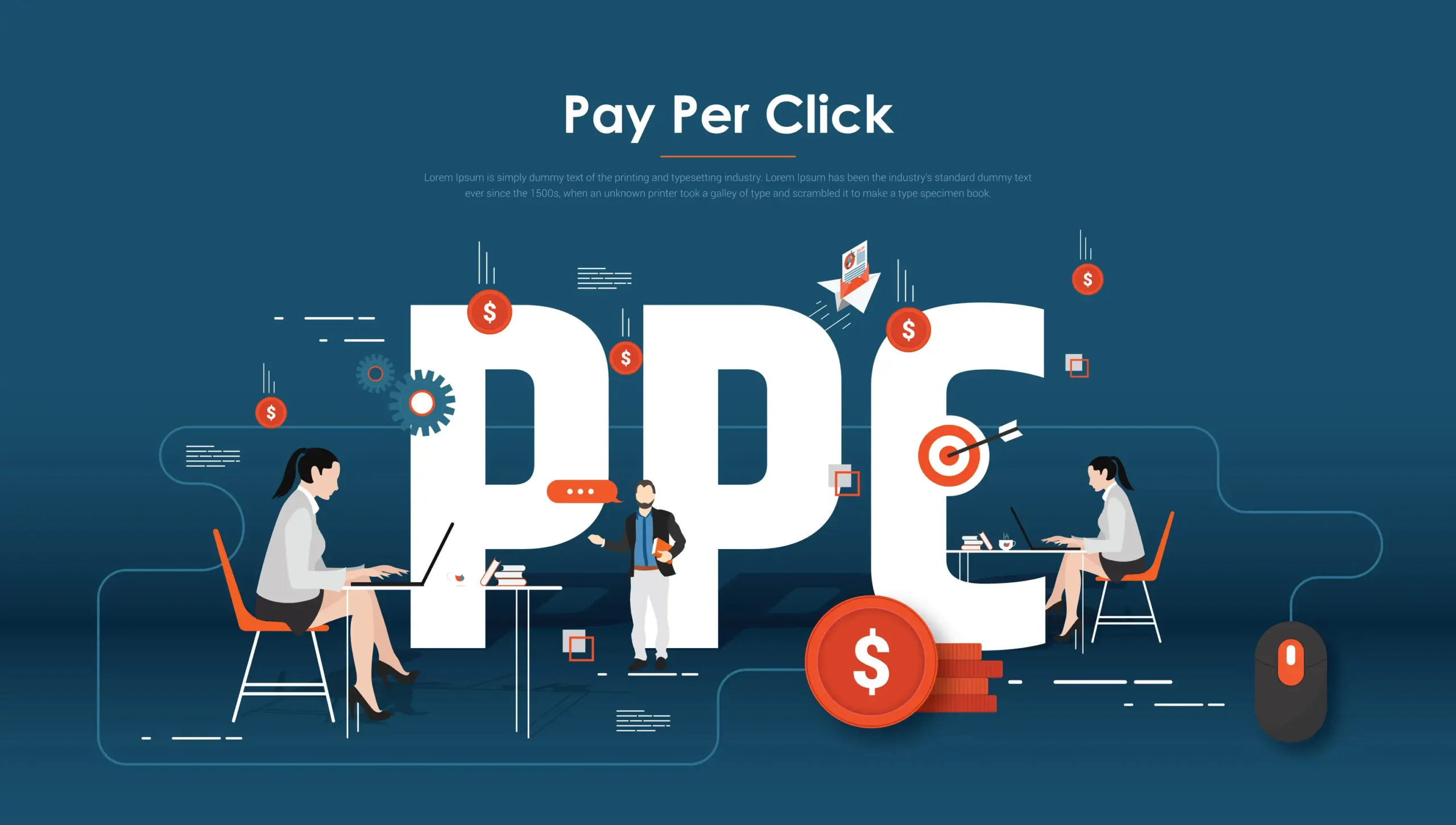In the digital advertising landscape, the phasing out third-party cookies has prompted marketers to explore alternative strategies for delivering personalized ads. Contextual targeting has emerged as a powerful solution that allows advertisers to engage their target audience without relying on personal information.
By leveraging contextual data such as time, language, and location, marketers can create relevant and timely ads that resonate with users. This blog delves into the power of contextual targeting, its benefits, and how it can effectively uphold data privacy while boosting user engagement.
The Rise of Contextual Targeting
With consumers growing increasingly uncomfortable with ads that require personal information, contextual targeting has gained momentum as a viable advertising approach. Recent studies have shown that 65% of respondents prefer ads relevant to the page they are currently viewing, emphasizing the importance of context in advertising.
Unlike behavioral advertising, which focuses on user interests and past behavior, contextual targeting matches ads to the specific topic of the webpage, ensuring a seamless user experience.
This strategy leverages data such as time, language, location, and weather forecasts to enhance personalization and relevance. It allows marketers to deliver timely and relevant messages based on real-time analysis of the webpage’s content. With the impending demise of third-party cookies, contextual targeting becomes even more critical to marketers.
It maintains personalization without compromising data privacy, making it a valuable tool in the cookieless world. By defining advertising goals, choosing a reliable platform, and analyzing data to optimize performance, marketers can successfully implement contextual targeting. Overall, contextual targeting offers a powerful advertising strategy that can amplify ad campaigns and achieve higher user engagement.
Engaging Customers in Real-Time
Contextual ads can engage customers in real time, creating a positive brand perception. By analyzing the content of a webpage, contextual targeting platforms can display relevant ads that align with the user’s immediate interests.
This allows marketers to deliver personalized and timely messages, enhancing user engagement and driving higher click-through rates. By combining contextual data with meaningful data, marketers can make more robust inferences about user intent, further optimizing their ad campaigns.
Additionally, contextual targeting can be used in conjunction with customer engagement tools such as push notification tools and in-app communication tools. These tools allow businesses to deliver timely and relevant customer messages, fostering a cohesive and personalized customer experience.
By utilizing contextual targeting and engaging customers in real time, businesses can effectively connect with their target audience and drive higher levels of engagement and satisfaction.
Contextual Targeting in Cookieless Era
In a cookieless world, contextual targeting becomes even more valuable. Instead of relying on cookies to track user behavior, contextual advertising selects content in real time based on the webpage’s material or other factors like the weather.
This ensures that ads remain relevant to the user’s current context, maintaining a high level of personalization without compromising data privacy. By embracing contextual targeting, brands can effectively reach their target audience while respecting privacy concerns.
Strategies for Successful Contextual Targeting
To implement contextual targeting effectively, marketers should follow a set of strategic steps. This includes defining advertising goals, choosing a reliable contextual targeting platform, creating well-crafted ad campaigns, and regularly analyzing data to optimize performance.
Marketers should also strive for authenticity, ensuring that the ads align with the user’s interests and the broader context of the webpage. By adopting these strategies, brands can leverage the power of contextual targeting to amplify their ad strategy and achieve higher user engagement.
Contextual targeting vs. Behavioral targeting
These are the two strategies used by marketers to deliver personalized ads. Contextual targeting matches ads to the specific content of a webpage, ensuring relevance and creating a seamless user experience. It leverages data such as time, language, location, and weather forecasts to enhance personalization.
On the other hand, behavioral targeting focuses on the user’s browsing behavior, tracking their actions and interests to deliver ads tailored to their preferences. While contextual targeting maintains personalization without compromising data privacy, behavioral targeting offers a deeper level of personalization based on individual behavior.
Both strategies have merits, but recent studies suggest consumers are more comfortable with contextual ads. However, combining both strategies can optimize ad campaigns and deliver personalized messages to the right audience. Marketers can choose to utilize one or both strategies depending on their advertising goals and the preferences of their target audience.
Contextual advertising success stories
Contextual advertising has been successful for many businesses by providing a way to reach highly relevant audiences based on the content they are currently engaged with. Here are a few notable contextual advertising success stories:
- Google AdSense: This program is one of the most well-known examples of contextual advertising. It matches ads to the content of websites, delivering highly relevant advertisements to site visitors. Many website owners have reported significant revenue increases by utilizing AdSense, as it connects advertisers with audiences genuinely interested in their products or services.
- Facebook: The social media giant utilizes contextual and behavioral targeting to deliver personalized ads to its users. By analyzing the user’s interests, demographics, and browsing behavior, Facebook can display ads that are highly relevant to the user. This has resulted in improved ad performance and higher conversion rates for advertisers.
- Amazon Sponsored Products: Sponsored Products, an Amazon contextual advertising tool, presents ads for products that are directly relevant to the items that customers see or search for. This method has proven to be effective for both Amazon and individual sellers, as it increases product visibility and leads to conversions.
- The New York Times: The newspaper implemented contextual advertising to deliver targeted ads to its readers. By analyzing the content of articles and the user’s reading habits, they can display ads relevant to the reader’s interests. This has resulted in higher ad engagement and increased revenue for the publication.
- Airbnb: Contextual targeting is used by Airbnb to provide consumers with customized vacation suggestions. By analyzing the user’s search queries, location, and travel preferences, Airbnb displays ads for relevant accommodations and experiences. This improves the user experience and raises the chances of booking.
- eBay Partner Network: Contextual advertising program by eBay allows website owners to display eBay listings relevant to their content. Website publishers have been able to monetize their content effectively by displaying eBay listings that match the interests of their audience, earning commissions on sales generated through their websites.
- Spotify’s Audio Ads: The music streaming platform, offers contextual audio advertising. Advertisers can target users based on the music genres, playlists, or podcasts they are listening to, ensuring that ads align with users’ interests. This strategy has been effective in reaching engaged audiences.
- Weather Channel: Through the delivery of targeted advertisements based on current weather conditions, The Weather Channel makes use of contextual targeting. Through the utilization of location-based services and weather forecasts, appropriate product or service advertisements, like those for umbrellas or sunscreen, can be displayed. This boosts interaction and makes the advertisements more relevant.
- Outbrain: This content discovery and recommendation platform that helps publishers and advertisers engage their audience with contextual content recommendations. Major publishers have used it to increase user engagement and drive website traffic.
These success stories demonstrate that contextual advertising is a versatile and effective strategy for reaching the right audience with relevant content. By aligning ads with users’ current interests and the content they consume, businesses can enhance engagement, drive conversions, and maximize the impact of their advertising campaigns.
In the absence of cookies, contextual targeting has emerged as a powerful advertising strategy that allows marketers to deliver personalized and relevant ads to their target audience. By leveraging contextual data and real-time content analysis, advertisers can engage customers meaningfully while upholding data privacy.
The shift towards contextual targeting signifies a new era in digital advertising, where personalization is based on the broader context of the ad rather than individual user data.
With careful implementation and strategic planning, brands can revive the effectiveness of their advertising campaigns and drive greater user engagement in the cookieless landscape.











